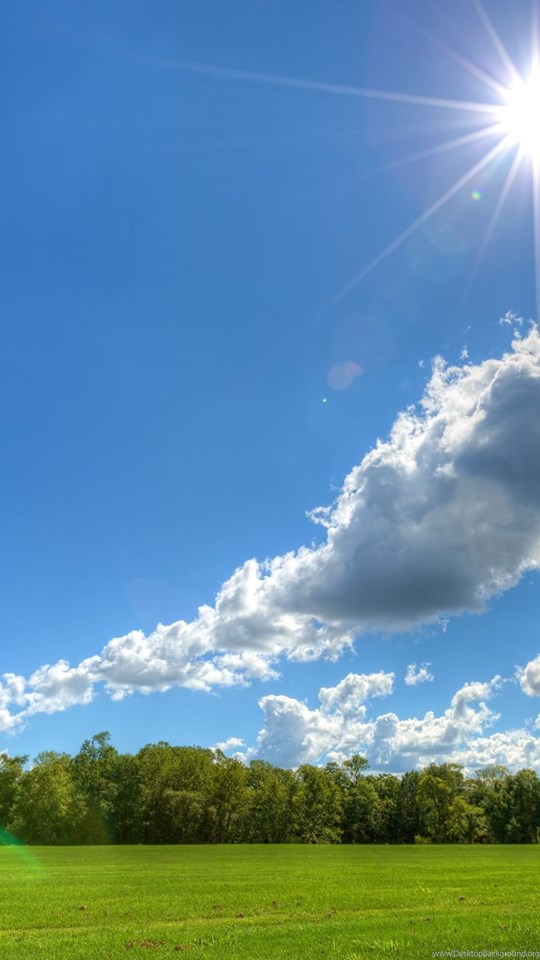

The goal of the current paper is to examine whether the effects of weather conditions extend to judgments about one’s life as a whole. Taken together, these studies show that weather can have a powerful effect on people’s thoughts, feelings, and behavior. Still other studies show that extreme heat can be linked with higher levels of aggressive behavior ( Anderson, 1989). Other research shows that people behave more altruistically on sunny days than cloudy days ( Cunningham, 1979) and even that stock market returns are higher on sunny days than on cloudy days ( Hirshleifer & Shumway, 2003). For instance, Simonsohn (2010) showed that people are more likely to enroll in an academically rigorous college if they visited that college on a cloudy day as compared to a sunny day. Yet in recent years, social scientists have documented an increasingly diverse set of research findings that show more surprising links between weather conditions and more complex psychological phenomena. Some of these effects are unsurprising and mundane, including the effects of weather on the clothes that people wear, the mode of transportation that people may take to work, and the specific recreational activities in which people engage (few people choose to picnic in the rain). Weather conditions, including precipitation, sunshine, temperature, and humidity, can have potentially large effects on people’s behaviors. Starlight, overcast moonless night sky įor a table of approximate daylight intensity in the Solar System, see sunlight.One of the most salient features of people’s daily environment is the weather to which they are exposed. Starlight, clear moonless night sky, excluding airglow Starlight, clear moonless night sky, including airglow Sunrise or sunset on a clear day (ambient illumination)Įxtreme of thickest storm clouds, sunset/riseįor comparison, nighttime illuminance levels are: Shade illuminated by entire clear blue sky, midday Intensity in different conditions IlluminanceĪM 1.5 global solar spectrum sunlight (= 1,000.4 W/m 2) It may be darker under unusual circumstances like a solar eclipse or very high levels of atmospheric particulates, which include smoke (see New England's Dark Day), dust, and volcanic ash. However, the outdoor illuminance can vary from 120,000 lux for direct sunlight at noon, which may cause eye pain, to less than 5 lux for thick storm clouds with the Sun at the horizon (even <1 lux for the most extreme case), which may make shadows from distant street lights visible. For an explanation of why it is not exactly half, see here).

(This is true for slightly more than 50% of the Earth at any given time.

Therefore, daylight excludes moonlight, despite it being reflected indirect sunlight.ĭaylight is present at a particular location, to some degree, whenever the Sun is above the local horizon. Sunlight scattered or reflected by astronomical objects is generally not considered daylight. This includes direct sunlight, diffuse sky radiation, and (often) both of these reflected by Earth and terrestrial objects, like landforms and buildings. World map showing the areas of Earth receiving daylight around 13:00 UTC in Aprilĭaylight is the combination of all direct and indirect sunlight during the daytime.


 0 kommentar(er)
0 kommentar(er)
